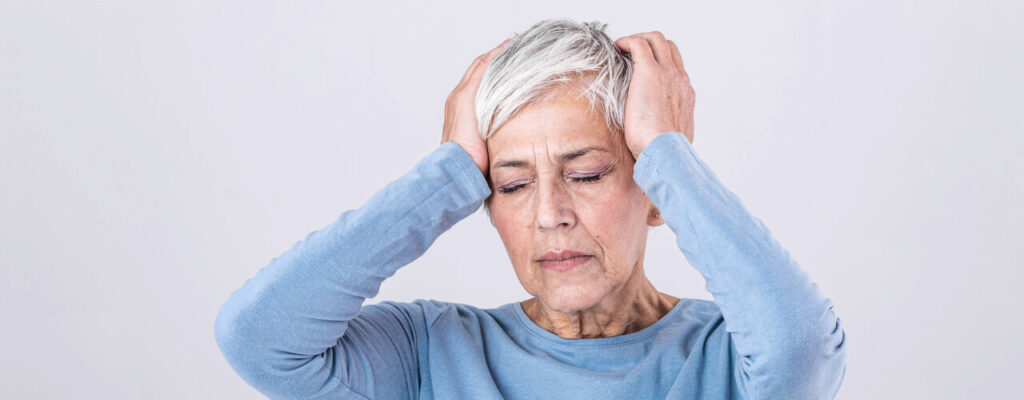Addressing Aging-Related Balance Issues for a Healthier Life

Meet Matt, a vibrant 72-year-old retiree who loved spending time gardening and taking leisurely walks in his neighborhood. However, over the past few months, Matt noticed a decline in balance, making these activities increasingly challenging. He experienced dizziness when standing up too quickly and felt unsteady when walking on uneven surfaces. Concerned about his safety and independence, Matt decided to seek help for his aging and balance issues. At our clinic, we understand the importance of addressing aging-related balance issues like Matt’s and helping individuals like him regain their stability and confidence through specialized care and therapy.
Ready to get started with physical therapy for balance issues? Call our Dr. Physio Therapy & Wellness clinic in FL today to learn more!
Exploring the Relationship Between Aging and Balance Issues
Aging-related balance issues, or presbyequilibrium, refer to difficulties in maintaining stability and steadiness while standing, walking, or performing daily activities. Common signs and symptoms include dizziness, unsteadiness, feeling lightheaded, and experiencing frequent falls.
Factors That Contribute to Balance Issues
Muscle Weakness
- As we age, muscle strength naturally declines, affecting our ability to maintain balance and stability.
Changes in Vision
- Age-related changes in vision, such as cataracts or macular degeneration, can impact depth perception and balance.
Inner Ear Problems
- Inner ear disorders, such as benign paroxysmal positional vertigo (BPPV) or labyrinthitis, can disrupt the body’s balance.
Neurological Conditions
- Conditions like Parkinson’s disease or stroke can affect coordination and balance control.
Medication Side Effects
- Certain medications may cause dizziness or lightheadedness, increasing the risk of falls.
How Physical Therapy Can Help with Balance Issues
Physical therapy offers a comprehensive approach to improving balance and reducing the risk of falls in older adults like Matt.
Balancing Act: Treatment Methods for Aging-Related Balance Issues
Comprehensive Assessment
- Our physical therapists conducted a thorough assessment to identify the underlying causes of Matt’s balance issues. By understanding his unique challenges, we developed a personalized treatment plan tailored to his needs.
Balance Training
- We worked to improve Matt’s balance, coordination, and proprioception through targeted exercises and activities. By practicing specific balance exercises, he gradually built strength and stability, enabling him to navigate daily tasks more easily.
Strength and Flexibility Exercises
- We provided Matt with exercises to enhance muscle strength, joint mobility, and range of motion. These exercises improved his balance and supported his overall physical function.
Gait Training
- Matt benefited from gait training to improve his walking pattern and stride length. Our physical therapists worked with him to address gait abnormalities and enhance his confidence while walking on different surfaces.
Home Exercise Program
- To ensure continued progress outside therapy sessions, we developed a personalized home exercise program for Matt, similar to the one designed during his therapy sessions. This program empowered him to continue strengthening his balance and mobility independently, further reinforcing the gains made during therapy.
Stepping Towards Stability: Empowering Your Journey with Physical Therapy
Don’t let aging-related balance issues hold you back from enjoying life to the fullest. With the help of physical therapy, you can regain your balance, reduce your risk of falls, and improve your overall well-being. Call our team at Dr. Physio Therapy & Wellness in FL to learn more about aging and balance issues and discover how physical therapy can help you lead a healthier, more active lifestyle.
